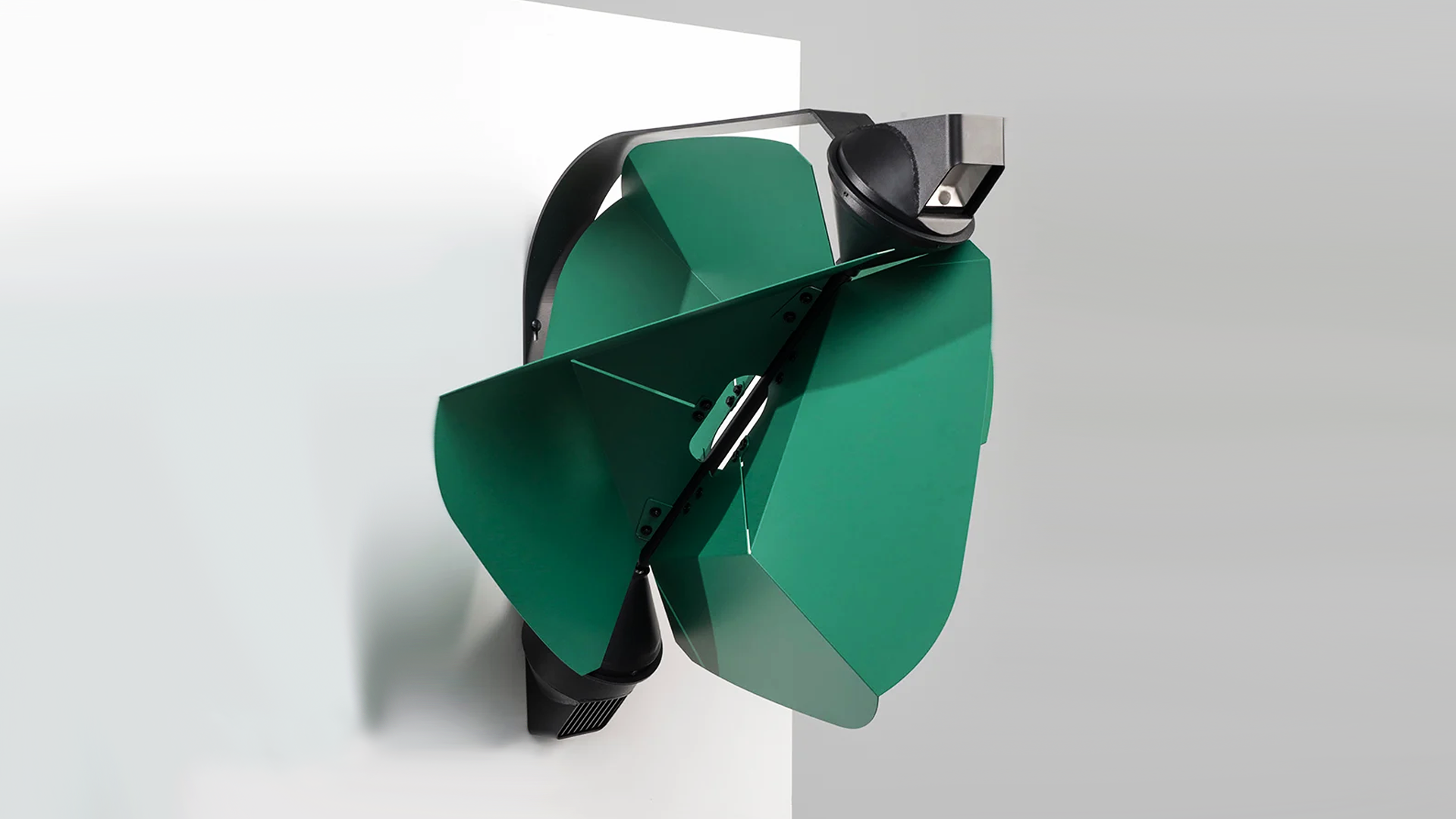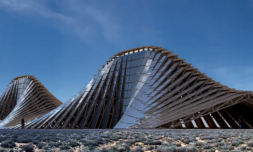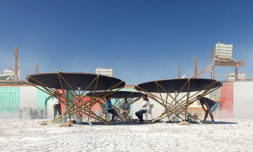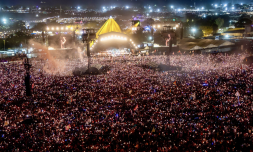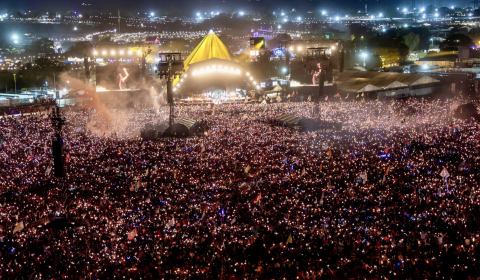In a bid to reduce the ecological footprint of modern street lighting, German design student Tobias Trubenabacher has developed an ingenious wind powered alternative called PAPILIO.
When it comes to major cities today, implementing widescale sustainability initiatives is definitely a tricky task, but that shouldn’t deter us from innovating and making a difference where we can.
This positive mindset is one held by Tobias Trubenabacher, a product design student at the University of the Arts Berlin, whose ingenious invention may just help to make his city (and hopefully ours) greener in the near future.
Stemming from long harboured concern over the west’s use of artificial light and the energy required to keep densely populated areas lit, Tobias spent his time at uni developing the world’s first circular wind-powered alternative called PAPILIO.
Where our current lamps are labelled as ‘consumers’ of energy, PAPILIO actually functions as a ‘prosumer’ which means it creates its own energy and even feeds surplus back into existing energy networks. Neat, eh?
The central component to generate this clean energy is a large green rotor comprised of sheet metal which sits just above the bulb.
Feeding directly into a 300-watt generator, this unit spins like a wind turbine and makes use of any direction of airflow – including both natural wind and air streams from traffic.
Its rechargeable battery is able to store energy and use it during periods without much wind. The renewable energy is also put to immediate use and activates the downward facing light whenever movement sets of its infrared sensor.









